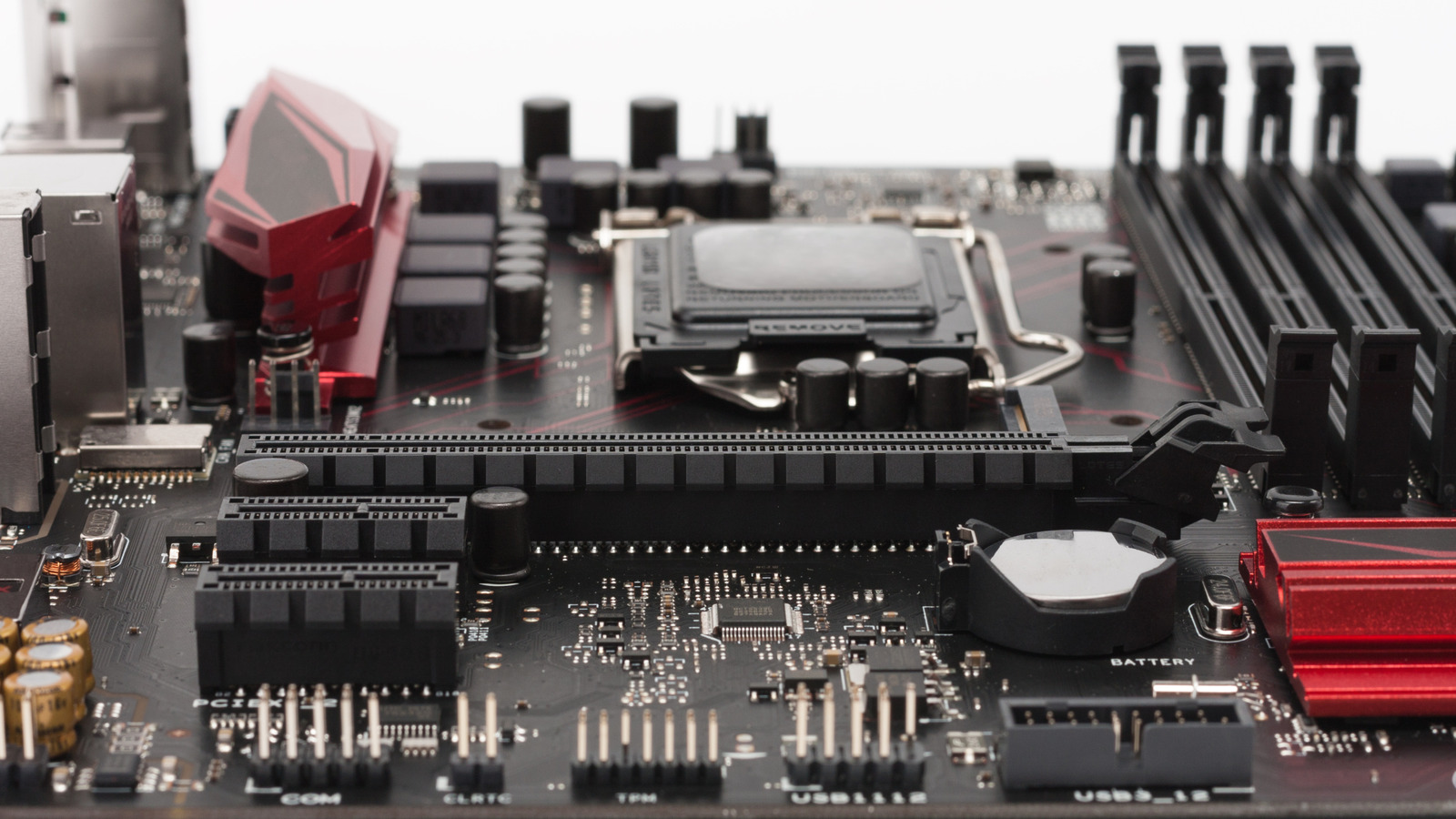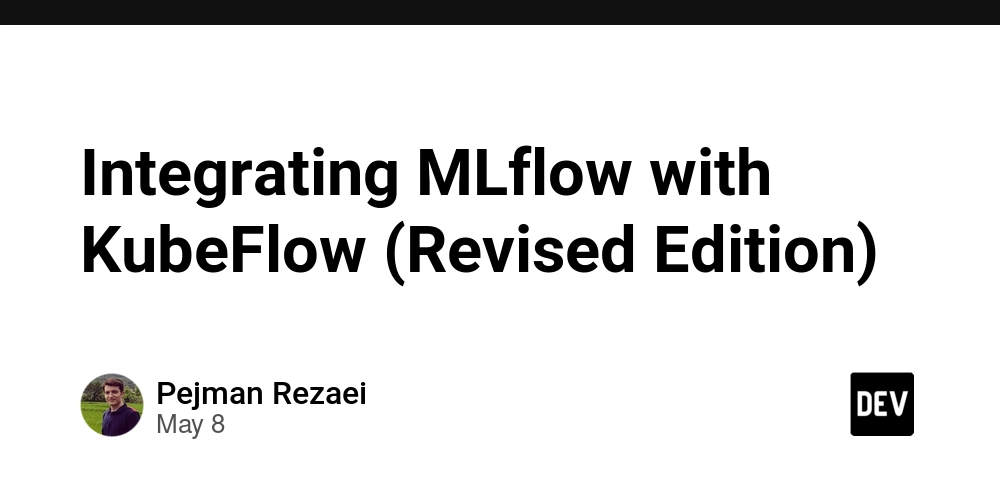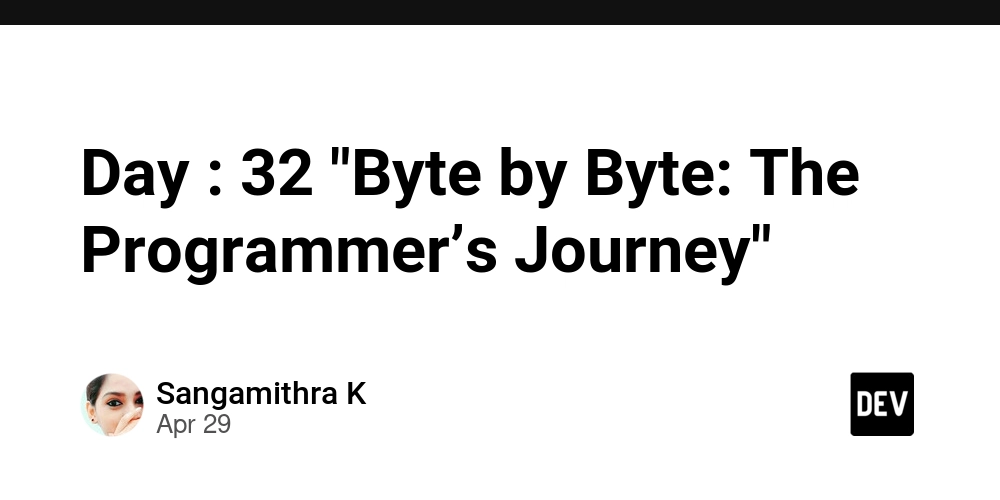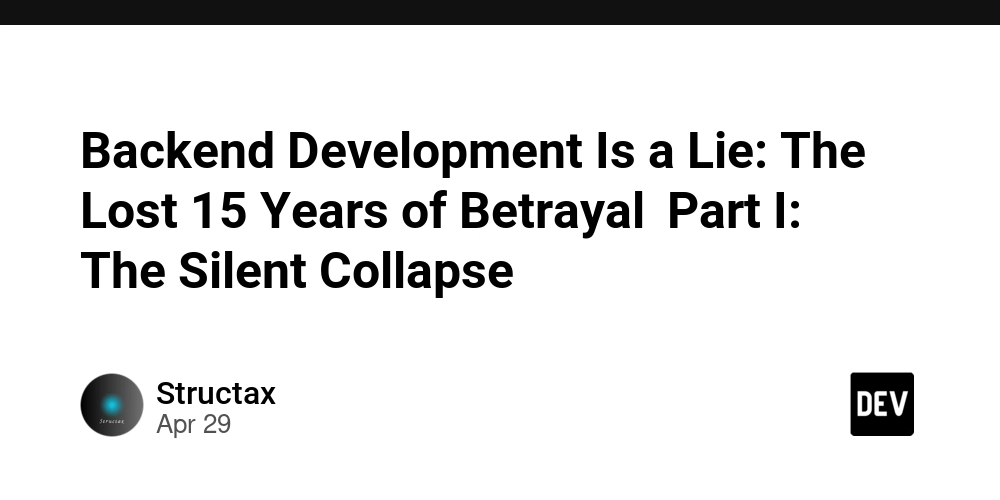Implicit Index Access in C# 13 — Using `^` in Object Initializers
Implicit Index Access in C# 13 — Using ^ in Object Initializers The ^ operator (read as "from the end") has been part of C# since version 8, allowing developers to easily access elements from the end of collections: int last = myArray[^1]; // Last element However, until C# 13, you couldn’t use ^ inside object initializers. This restriction has now been lifted, giving developers more expressive and compact ways to initialize collections directly. Let’s explore how this change improves array initialization syntax and simplifies common patterns. What Changed in C# 13? Prior to C# 13: var countdown = new TimerRemaining(); countdown.buffer[^1] = 0; // Valid But you could not write: var countdown = new TimerRemaining { buffer = { [^1] = 0 } // ❌ Compiler error before C# 13 }; Now, this syntax is fully supported. C# 13: Using ^ in Initializers public class TimerRemaining { public int[] buffer { get; set; } = new int[10]; } var countdown = new TimerRemaining() { buffer = { [^1] = 0, [^2] = 1, [^3] = 2, [^4] = 3, [^5] = 4, [^6] = 5, [^7] = 6, [^8] = 7, [^9] = 8, [^10] = 9 } }; This initializes the array in reverse order using "from the end" indexing: Index Expression Actual Index Value [^1] 9 0 [^2] 8 1 ... ... ... [^10] 0 9 Why It Matters Benefit Description Expressive and clean No need to calculate exact indices manually Improved readability Shows intent clearly in object initializer Enables reverse logic patterns Useful in countdowns, buffers, stack-like data Supports all IList-like APIs Works with arrays, lists, spans, etc. Real-World Scenarios Buffer Initialization for Reverse Countdown class Timer { public int[] buffer = new int[5]; } var timer = new Timer { buffer = { [^1] = 0, [^2] = 1, [^3] = 2, [^4] = 3, [^5] = 4 } }; Visual Debugging Benefit When using [^] indexing in initializers, debuggers show clearly mapped reverse values — making this great for pre-populating data in predictable orders. Things to Keep in Mind Caution Details Only supported in C# 13+ Will not compile in earlier versions Requires IList-style collection Not valid for custom index-only properties Index out of range is still a risk ^6 on a 5-element array will throw Learn More Index from end operator ^ C# 13 Features Overview Final Thoughts This small C# 13 enhancement brings a powerful touch of expressiveness and clarity to object initializers — especially when initializing arrays in reverse or mirrored patterns. The addition of implicit ^ indexing inside object initializers helps make C# smarter, terser, and more readable. Use it where logic demands intuitive backwards indexing — and let your intent shine through. Written by: [Cristian Sifuentes] – C# Syntax Explorer | Modern Patterns Advocate | Fluent API Enthusiast Do you use ^ indexing in production? This change might clean up your code even more.

Implicit Index Access in C# 13 — Using ^ in Object Initializers
The ^ operator (read as "from the end") has been part of C# since version 8, allowing developers to easily access elements from the end of collections:
int last = myArray[^1]; // Last element
However, until C# 13, you couldn’t use ^ inside object initializers. This restriction has now been lifted, giving developers more expressive and compact ways to initialize collections directly.
Let’s explore how this change improves array initialization syntax and simplifies common patterns.
What Changed in C# 13?
Prior to C# 13:
var countdown = new TimerRemaining();
countdown.buffer[^1] = 0; // Valid
But you could not write:
var countdown = new TimerRemaining
{
buffer = { [^1] = 0 } // ❌ Compiler error before C# 13
};
Now, this syntax is fully supported.
C# 13: Using ^ in Initializers
public class TimerRemaining
{
public int[] buffer { get; set; } = new int[10];
}
var countdown = new TimerRemaining()
{
buffer =
{
[^1] = 0,
[^2] = 1,
[^3] = 2,
[^4] = 3,
[^5] = 4,
[^6] = 5,
[^7] = 6,
[^8] = 7,
[^9] = 8,
[^10] = 9
}
};
This initializes the array in reverse order using "from the end" indexing:
| Index Expression | Actual Index | Value |
|---|---|---|
[^1] |
9 |
0 |
[^2] |
8 |
1 |
| ... | ... | ... |
[^10] |
0 |
9 |
Why It Matters
| Benefit | Description |
|---|---|
| Expressive and clean | No need to calculate exact indices manually |
| Improved readability | Shows intent clearly in object initializer |
| Enables reverse logic patterns | Useful in countdowns, buffers, stack-like data |
Supports all IList-like APIs |
Works with arrays, lists, spans, etc. |
Real-World Scenarios
Buffer Initialization for Reverse Countdown
class Timer
{
public int[] buffer = new int[5];
}
var timer = new Timer
{
buffer =
{
[^1] = 0,
[^2] = 1,
[^3] = 2,
[^4] = 3,
[^5] = 4
}
};
Visual Debugging Benefit
When using [^] indexing in initializers, debuggers show clearly mapped reverse values — making this great for pre-populating data in predictable orders.
Things to Keep in Mind
| Caution | Details |
|---|---|
| Only supported in C# 13+ | Will not compile in earlier versions |
Requires IList-style collection |
Not valid for custom index-only properties |
| Index out of range is still a risk |
^6 on a 5-element array will throw |
Learn More
Final Thoughts
This small C# 13 enhancement brings a powerful touch of expressiveness and clarity to object initializers — especially when initializing arrays in reverse or mirrored patterns.
The addition of implicit ^ indexing inside object initializers helps make C# smarter, terser, and more readable.
Use it where logic demands intuitive backwards indexing — and let your intent shine through.
Written by: [Cristian Sifuentes] – C# Syntax Explorer | Modern Patterns Advocate | Fluent API Enthusiast
Do you use ^ indexing in production? This change might clean up your code even more.

_Sergey_Tarasov_Alamy.jpg?width=1280&auto=webp&quality=80&disable=upscale#)






































































![Apple Shares Official Trailer for 'Stick' Starring Owen Wilson [Video]](https://www.iclarified.com/images/news/97264/97264/97264-640.jpg)


![Beats Studio Pro Wireless Headphones Now Just $169.95 - Save 51%! [Deal]](https://www.iclarified.com/images/news/97258/97258/97258-640.jpg)














































































































 Evolved as a Predominant Framework for Ransomware Attacks.webp?#)

























































































































![[The AI Show Episode 146]: Rise of “AI-First” Companies, AI Job Disruption, GPT-4o Update Gets Rolled Back, How Big Consulting Firms Use AI, and Meta AI App](https://www.marketingaiinstitute.com/hubfs/ep%20146%20cover.png)


































































































































































![[DEALS] The Premium Python Programming PCEP Certification Prep Bundle (67% off) & Other Deals Up To 98% Off – Offers End Soon!](https://www.javacodegeeks.com/wp-content/uploads/2012/12/jcg-logo.jpg)
























-Mafia-The-Old-Country---The-Initiation-Trailer-00-00-54.png?width=1920&height=1920&fit=bounds&quality=70&format=jpg&auto=webp#)


-Nintendo-Switch-2---Reveal-Trailer-00-01-52.png?width=1920&height=1920&fit=bounds&quality=70&format=jpg&auto=webp#)

































































